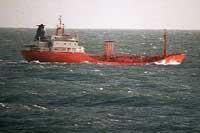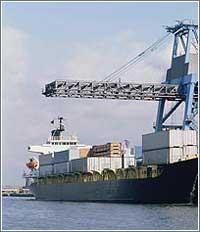The ships and the environment, an invention to protect them jointly

The ships, when they go without load, fill the ballast tanks with water to gain weight and move in the sea in a stable way. But, along with water, they also catch a multitude of living things. Then, upon arriving at the port, they release water and living beings there. Many of these new species become invasive and generate great ecological problems. For this reason, ships carrying out long trips are asked to change the ballast water before their arrival to the port. But there are few who do it because it takes time and can destabilize the container.
It occurred to the Japanese engineers to add nitrogen to the water of the ballast tanks of the ships to combat oxidation. The enrichment of water with nitrogen is simple and economical and the method has given good results. In addition, it serves to avoid ecological pollution.

Mario Tambur, biologist at the Aquarium of the Californian bay of Monterry, has analyzed the influence of this treatment on three marine animals. Specifically, it has seen that crab larvae, mussels, and worms that have become invaders in the United States die in two or three days. The duration of the cruises is weeks. He believes that other animals and some plants and fungi will also die. Bacteria, however, can also live without oxygen, so with this method you can not avoid invasion completely, but it is the principle. Especially because it can suppose an economic saving for the owners of the ships. In fact, with the installation of a plant that will capture the nitrogen from the air and borrow it in the ballast water, it is calculated that you can save between 70,000 and 80,000 dollars annually.
Additional information: Pollution by boats
Buletina
Bidali zure helbide elektronikoa eta jaso asteroko buletina zure sarrera-ontzian











